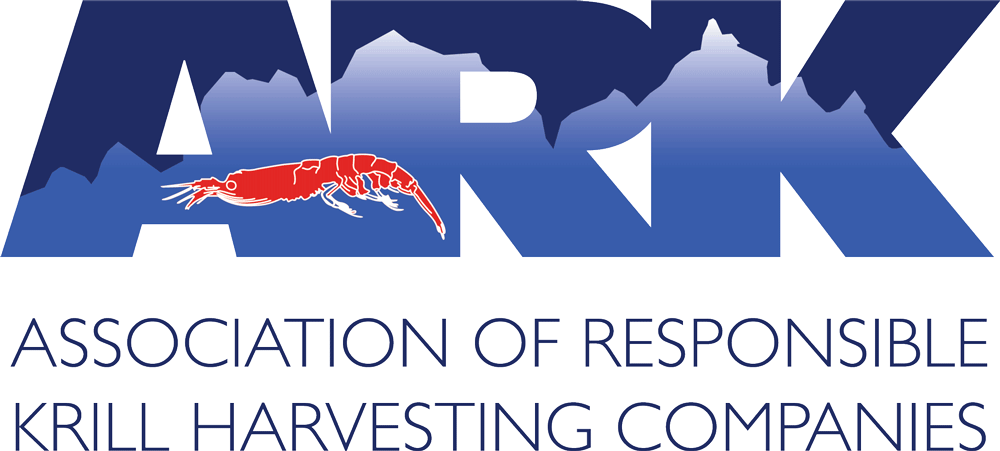In July 2018, ARK members agreed on a set of voluntary measures to aid in the protection of the ecosystem at large. Now known as the ARK Commitment, these measures established a comprehensive arrangement of industry-led initiatives for best fishing practices:
STEPWISE IMPLEMENTATION OF VOLUNTARY RESTRICTED ZONES (VRZ)
ANNUAL REVIEW OF VOLUNTARY RESTRICTED ZONES
IMPLEMENTATION OF FULL YEAR VOLUNTARY RESTRICTED ZONES
TRANSSHIPMENT
VESSEL SAFETY
The most significant of these initiatives is the voluntary restriction of fishing in buffer zones around key penguin colonies in the Antarctic Peninsula and the South Shetland Islands during their breeding season. The commitment also includes developing best practices on transshipment, vessel safety and an annual review process.
The ‘Commitment to a stepwise implementation of voluntary restricted zones and implementation of transshipment and vessel standards for the krill fishery in the Antarctic Peninsula’ can be reviewed here.
Implementation of Voluntary Restricted Zones
The Voluntary Restricted Zones (VRZs) represent the main conservation effort from ARK companies to safeguard critical habitat for krill-dependent predators, manly penguins, during the summer season. The principle is to protect key breeding colonies of gentoo, Adélie and chinstrap penguins during their most critical period: incubation and chick-rearing.
This voluntary measure is in line with the development of protected areas promoted by CCAMLR.
The implementation of this voluntary restriction on fishing is as follows:
Antarctic Peninsula will be closed to krill fishing (40 km buffer) between 1 October and 1 February.
Gerlache Strait will be closed to krill fishing (30 km buffer) between 15 October and 15 February.
South Shetland Islands will be closed to krill fishing (40 km buffer) between 1 November and 1 March.
Distribution and size of penguin breeding colonies in Subarea 48.1, in relation to ARK VRZs. Source: MAPPPD (www.penguinmap.com) and Strycker et al. 2020 (https://doi.org/10.1038/s41598-020-76479-3).
The current arrangement of VRZs aids in the protection of –
almost all Adélie penguin breeding colonies in the Antarctic Peninsula area, including the largest colonies of Adélie penguin in the Antarctic Peninsula region (Heroina, Beagle and Paulet Islands, and Hope Bay), in the Danger IsIands and tip of the Antarctic Peninsula area, which comprise of ~50-55% of the breeding population for the region
Chinstrap penguin (Photo by Derek Oyen on Unsplash)
~75% of the breeding population of chinstrap penguins in the Antarctic Peninsula area, including large (>10 000 pairs) breeding colonies at Deception, Low and King George Islands (South Shetlands)
Gentoo penguin in Ardley Island (Photo by Javier Arata).
Almost all gentoo penguin breeding colonies in the Antarctic Peninsula area, including all colonies greater than 3 000 breeding pairs, ~52% of the population in the region.
The additional year-round protection zone around Hope Bay (63°24’S, 57°00’W) would serve as a reference area for studying impact of climate change on the large Adélie penguin colony under monitoring by the Instituto Antártico Argentino.
The level of compliance and implementation of VRZs is reviewed annually by an Expert Panel, which conducts a technical review and advises on best practices based on science.





